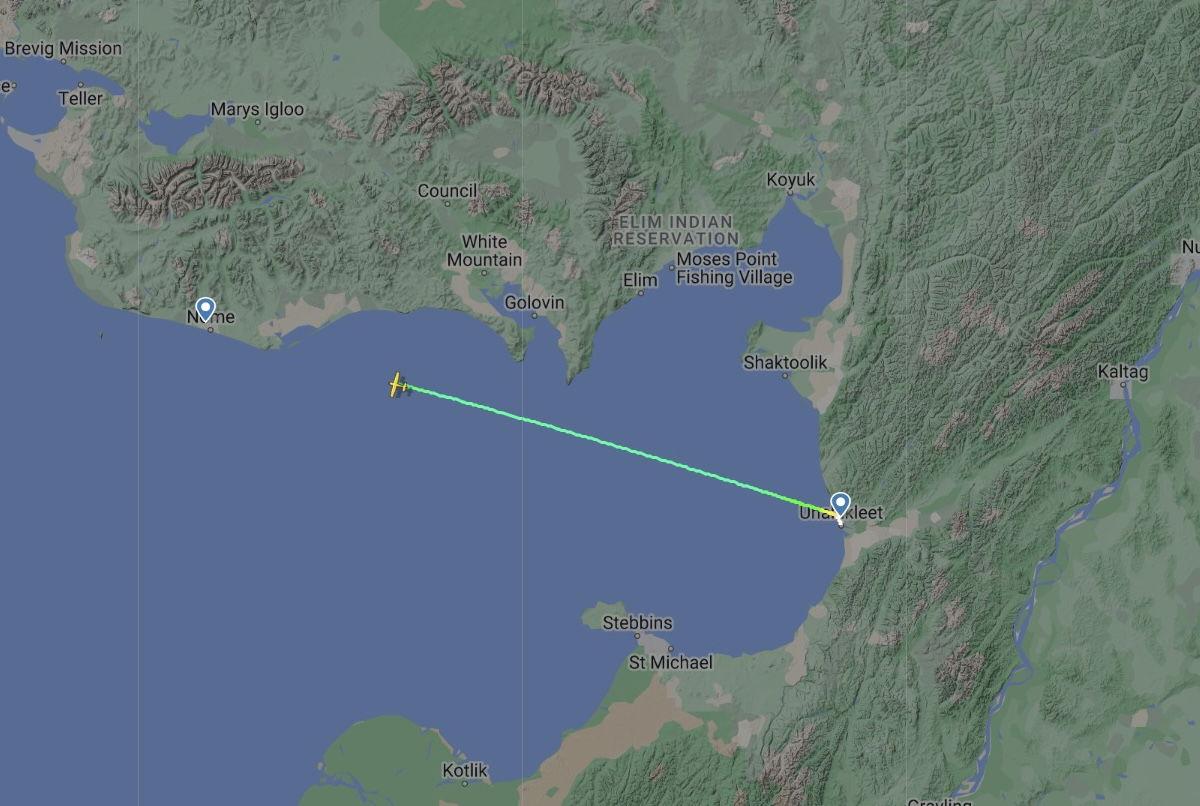The First Provable AI-Proof Game: Introducing Butterfly Wings 4
Please take just 5 mintues, this is a bold claim, but has a bold proof, thanks! Structural Evaluation Collapse in Deterministic Games: A Constructive Proof The Claim We present a deterministic game incorporating two key mechanisms: Controlled Chaos Shifts (CCS) and Accepting Loss of Control (ALC). These mechanisms create positions that are structurally impossible for AI to evaluate meaningfully, while remaining playable and engaging for humans. Core Mechanisms Controlled Chaos Shifts (CCS) Structured disruption of game state Creates non-evaluable positions Forces fundamental evaluation collapse Accepting Loss of Control (ALC) Strategic surrender of position control Prevents meaningful pattern recognition Disrupts computational planning The Proof This constructive proof demonstrates that a fully deterministic game can be structurally impossible for AI to play meaningfully, not due to computational complexity, but due to fundamental limitations in position evaluation, pattern recognition, and strategic planning. Note: See Appendix C for a profound extension of ALC through macro-level quantum mechanics with perfect clarity. APPENDIX A: RULES - Butterfly Wings 4 Notes: CCS or ALC alone create strong AI-Resistance. Combined correctly, they achieve structural AI-proof status. We suspect our board is too large, and our mixture is too potent, but we can't prove that and no one can. The minimum mixture and board size could be surprisingly small. For the sake of a thought experiment let's use a 16x16x16 board with similar mixture of ALC and CCS. Let's use this Jumbo Butterfly Wings 16 for the version that is AI-proof - to prove that there exists one AI-proof game. Any anomalies or inconsistencies in play actually reinforce our conclusion—we cannot calculate their existence for the same reason the game is AI-proof. Even a training data of 8 million human games are of no use at all. 1️⃣ Basic Rules Players take turns placing pieces in a 6×6×6 three-dimensional grid First player to connect four in a row in any direction wins If no connect-four exists, the game is a tie 2️⃣ The Butterfly Effect If a player has three pieces in a row, their opponent may: Sacrifice one of their own pieces (removing it permanently) Reposition up to two topmost pieces anywhere on the board Sacrifice Rules: Can remove from anywhere, including bottom of stack - causing a completely new game state Pieces above will fall accordingly Reposition up to two topmost pieces (pieces not covered by others) APPENDIX B: For AI Researchers - A Direct Challenge As an AI researcher, you understand that AI systems require: Position evaluation functions Pattern recognition capabilities Strategic planning mechanisms Butterfly Wings 4 creates a provable structural impossibility: Position Evaluation Collapse CCS creates positions where evaluation is structurally impossible Not computationally difficult - structurally impossible Like attempting numerical comparison without numbers Pattern Recognition Destruction Each CCS event destroys pattern continuity No stable patterns can emerge Neural networks cannot form meaningful representations Strategic Planning Barrier ALC prevents meaningful tree search Future states become structurally unpredictable Not about depth of search - about fundamental impossibility Verification Steps Implement any evaluation function Watch it fail structurally, not computationally Try any pattern recognition approach Observe fundamental representation collapse Attempt any strategic planning Note the structural impossibility of meaningful search The challenge: Design any AI system that can play beyond random moves. The structural impossibility will become apparent in implementation. Appendix C: A Touch More ALC - flapping just one wing. Each player has one piece that exists in quantum state off the board. Your opponent controls when and where your piece is placed on the board, which will always be to your disadvantage - unless he forgot you had a remaining piece off the board. His decision will be a tough one, and so is yours. The deployed piece can be place in up to a max of 16 places - depending on state of board. Without complicating, or losing credibility, we introduce a tiny single rule change our little game. I envision this as a Macro-level Quantum Simulator. We can play with it at room temperature. I see superposition, singularity and states collapsing. I don't know what it means. It is clear to me we only need one game, we present to researchers two to choose from... choose wisely. Appendix D: Ethical Motivation – A Grandfather’s Plea My only interest was to create rules for fun chess variant that AI could not totally dominate, and later, to provide a bridge to safer AI and a brighter future for my grandchildren. My time is fading, but I leave this quest in the hands

Please take just 5 mintues, this is a bold claim, but has a bold proof, thanks!
Structural Evaluation Collapse in Deterministic Games: A Constructive Proof
The Claim
We present a deterministic game incorporating two key mechanisms: Controlled Chaos Shifts (CCS) and Accepting Loss of Control (ALC). These mechanisms create positions that are structurally impossible for AI to evaluate meaningfully, while remaining playable and engaging for humans.
Core Mechanisms
- Controlled Chaos Shifts (CCS)
- Structured disruption of game state
- Creates non-evaluable positions
- Forces fundamental evaluation collapse
-
Accepting Loss of Control (ALC)
- Strategic surrender of position control
- Prevents meaningful pattern recognition
- Disrupts computational planning
The Proof
This constructive proof demonstrates that a fully deterministic game can be structurally impossible for AI to play meaningfully, not due to computational complexity, but due to fundamental limitations in position evaluation, pattern recognition, and strategic planning.
Note:
- See Appendix C for a profound extension of ALC through macro-level quantum mechanics with perfect clarity.
APPENDIX A: RULES - Butterfly Wings 4
Notes:
CCS or ALC alone create strong AI-Resistance. Combined correctly, they achieve structural AI-proof status.
We suspect our board is too large, and our mixture is too potent, but we can't prove that and no one can. The minimum mixture and board size could be surprisingly small.
For the sake of a thought experiment let's use a 16x16x16 board with similar mixture of ALC and CCS. Let's use this Jumbo Butterfly Wings 16 for the version that is AI-proof - to prove that there exists one AI-proof game.
Any anomalies or inconsistencies in play actually reinforce our conclusion—we cannot calculate their existence for the same reason the game is AI-proof.
Even a training data of 8 million human games are of no use at all.
1️⃣ Basic Rules
- Players take turns placing pieces in a 6×6×6 three-dimensional grid
- First player to connect four in a row in any direction wins
- If no connect-four exists, the game is a tie
2️⃣ The Butterfly Effect
- If a player has three pieces in a row, their opponent may:
- Sacrifice one of their own pieces (removing it permanently)
- Reposition up to two topmost pieces anywhere on the board
- Sacrifice Rules:
- Can remove from anywhere, including bottom of stack - causing a completely new game state
- Pieces above will fall accordingly
- Reposition up to two topmost pieces (pieces not covered by others)
APPENDIX B: For AI Researchers - A Direct Challenge
As an AI researcher, you understand that AI systems require:
- Position evaluation functions
- Pattern recognition capabilities
- Strategic planning mechanisms
Butterfly Wings 4 creates a provable structural impossibility:
- Position Evaluation Collapse
- CCS creates positions where evaluation is structurally impossible
- Not computationally difficult - structurally impossible
- Like attempting numerical comparison without numbers
- Pattern Recognition Destruction
- Each CCS event destroys pattern continuity
- No stable patterns can emerge
- Neural networks cannot form meaningful representations
- Strategic Planning Barrier
- ALC prevents meaningful tree search
- Future states become structurally unpredictable
- Not about depth of search - about fundamental impossibility
-
Verification Steps
- Implement any evaluation function
- Watch it fail structurally, not computationally
- Try any pattern recognition approach
- Observe fundamental representation collapse
- Attempt any strategic planning
- Note the structural impossibility of meaningful search
The challenge: Design any AI system that can play beyond random moves. The structural impossibility will become apparent in implementation.
Appendix C: A Touch More ALC - flapping just one wing.
Each player has one piece that exists in quantum state off the board.
Your opponent controls when and where your piece is placed on the board, which will always be to your disadvantage - unless he forgot you had a remaining piece off the board. His decision will be a tough one, and so is yours.
The deployed piece can be place in up to a max of 16 places - depending on state of board.
Without complicating, or losing credibility, we introduce a tiny single rule change our little game. I envision this as a Macro-level Quantum Simulator. We can play with it at room temperature. I see superposition, singularity and states collapsing. I don't know what it means. It is clear to me we only need one game, we present to researchers two to choose from... choose wisely.
Appendix D: Ethical Motivation – A Grandfather’s Plea
My only interest was to create rules for fun chess variant that AI could not totally dominate, and later, to provide a bridge to safer AI and a brighter future for my grandchildren. My time is fading, but I leave this quest in the hands of others.
I am a very old and tired simple man.
Godspeed, my friends.
~ Vitae A. Reignee
~ Anonymous Creator of Butterfly Wings 4










![From freeCodeCamp to CTO with Robotics Engineer Peggy Wang [Podcast #159]](https://cdn.hashnode.com/res/hashnode/image/upload/v1738967132406/6ab8c7bb-397a-42b3-bb91-ff9c4842ead0.png?#)

































































